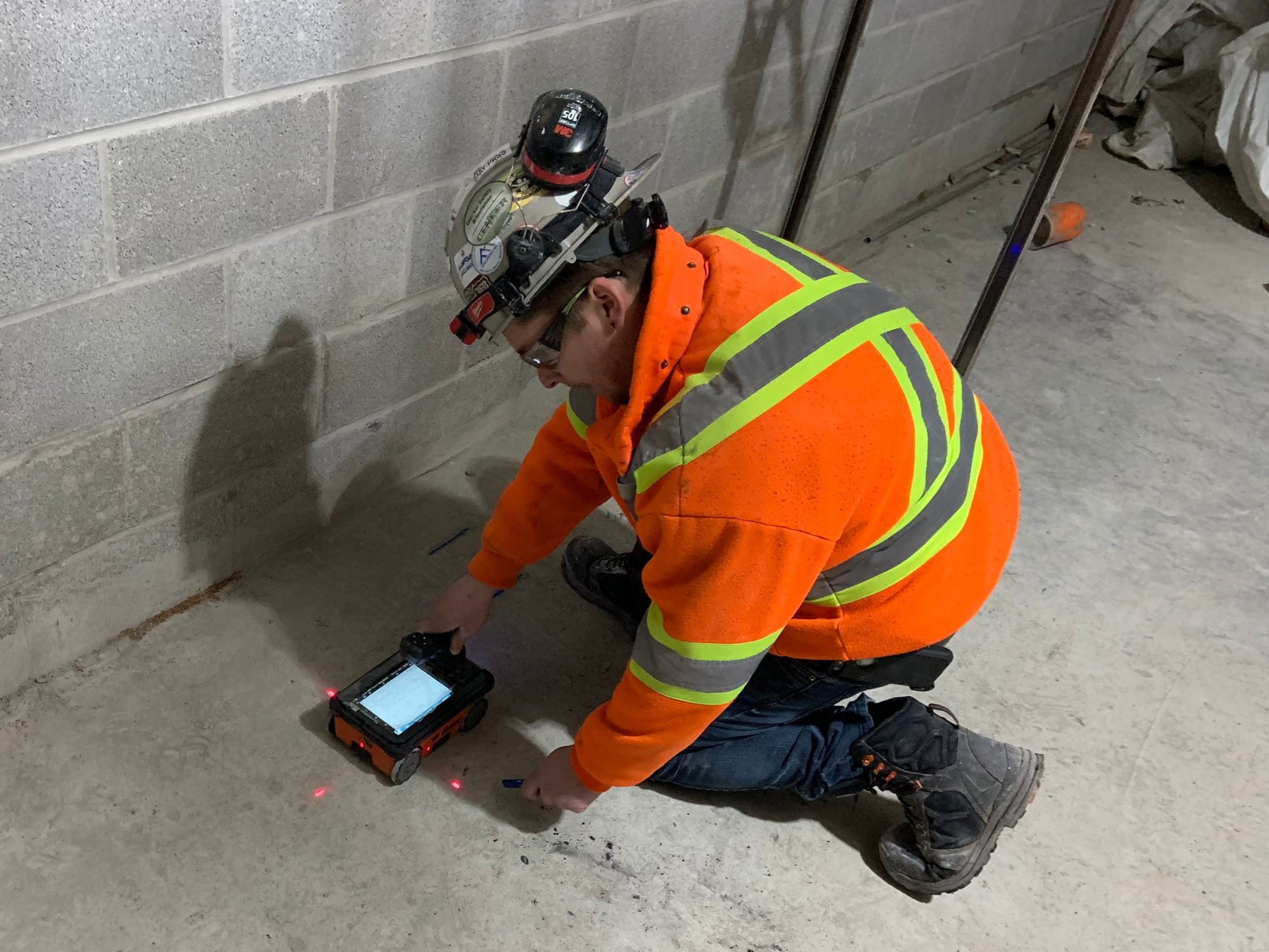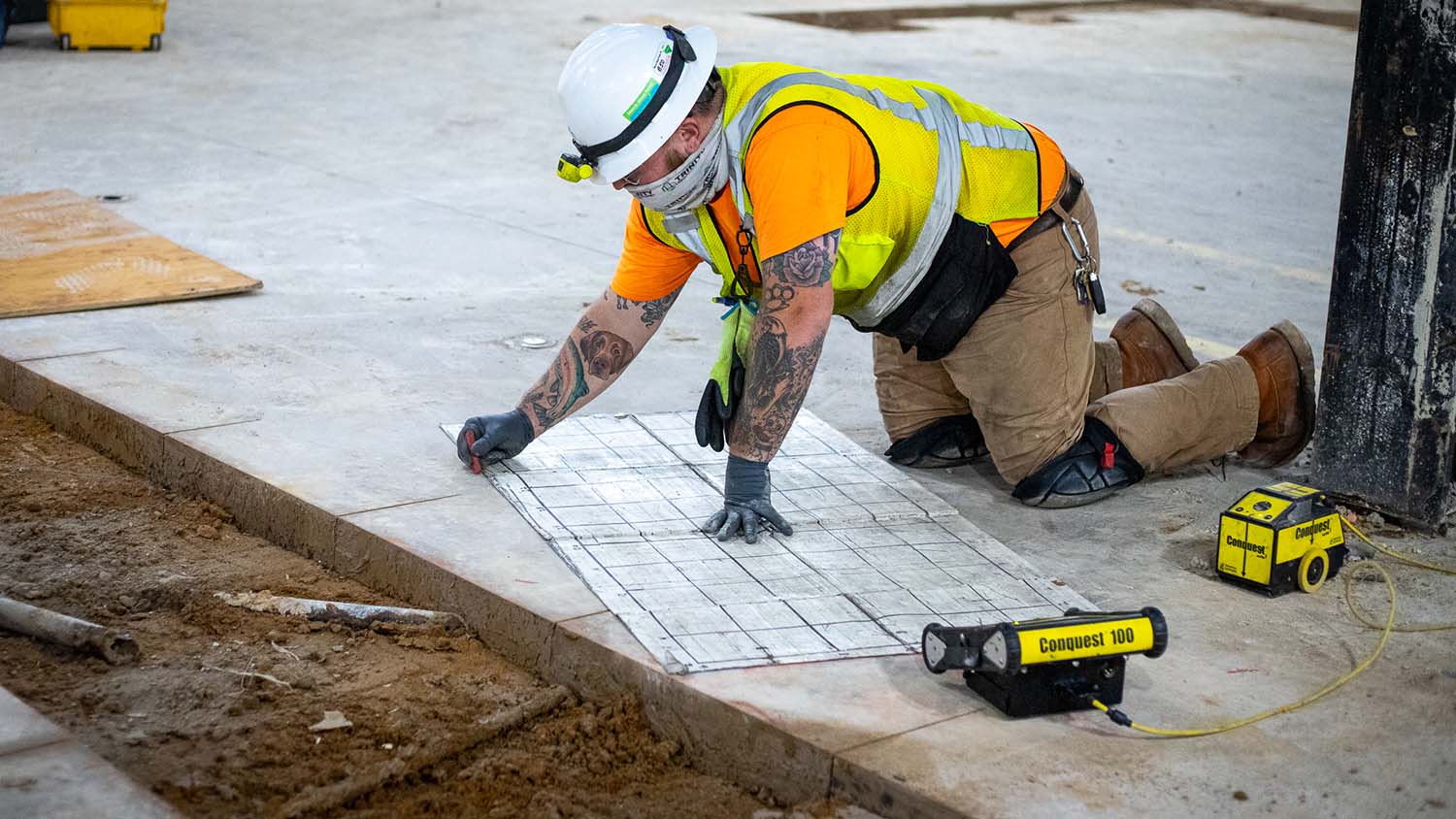Exploring the Midst: A Comprehensive Guide to Concrete Scanning and Its Diverse Applications
In the world of building and construction and facilities growth, the thorough procedure of concrete scanning holds a pivotal role in guaranteeing the structural stability and safety of jobs. As modern technology continues to evolve, the applications of concrete scanning have actually broadened much beyond plain surface-level evaluations. From spotting rebar and post-tension wires to mapping out channels and gaps hidden within concrete frameworks, the capabilities of modern scanning methods are both important and impressive. Nevertheless, truth depth of concrete scanning's prospective reaches even further, branching right into unanticipated fields and triggering ingenious options. The interconnected web of possibilities that concrete scanning presents is not only interesting however also critical for the development of numerous industries.
Value of Concrete Scanning
Comprehending the importance of concrete scanning is essential in ensuring the safety and security and stability of frameworks throughout building and restoration projects. Concrete scanning utilizes advanced technologies such as ground-penetrating radar (GPR) and electromagnetic induction to spot embedded things, spaces, or various other anomalies within concrete frameworks.
Additionally, concrete scanning plays a pivotal duty in guaranteeing conformity with building regulations and laws that mandate the security of existing architectural elements throughout building activities. By accurately drawing up the interior composition of concrete, scanning technologies enable construction specialists to make educated choices that maintain the structural stability and sturdiness of structures and framework tasks. In essence, the relevance of concrete scanning hinges on its capability to protect both the structural integrity and the personnel involved in building endeavors.
Technologies Made Use Of in Concrete Scanning
Concrete scanning depends on innovative innovations such as ground-penetrating radar (GPR) and electromagnetic induction to precisely detect ingrained items and anomalies within concrete structures. Ground-penetrating radar operates by giving off high-frequency electromagnetic waves into the concrete.
Electromagnetic induction, on the other hand, functions by creating electro-magnetic areas around a concrete framework via a transmitter coil. When steel things are existing within the concrete, they disrupt these magnetic fields, creating eddy currents to move via the steel. By determining the modifications in the magnetic fields with a receiver coil, the system can pinpoint the location of metallic things in the concrete.
These cutting-edge innovations play a crucial role in non-destructive testing, making sure the security and stability of concrete frameworks in different sectors.
Applications in Building And Construction Industry
Within the building industry, concrete scanning innovation locates varied applications that enhance project efficiency and safety. Additionally, concrete scanning is made use of for finding gaps, such as air pockets or locations of degeneration within concrete, which can jeopardize the total strength of a framework. Concrete scanning plays a crucial role in quality control by validating the thickness of concrete covers over support, making sure compliance with style requirements and standards.

Safety Advantages of Concrete Scanning
In the world of construction safety and security, the execution of concrete scanning innovation offers an extremely important benefit in preemptively determining prospective hazards and fortifying architectural stability. By using sophisticated scanning methods such as ground-penetrating radar (GPR) and electro-magnetic induction, building and construction teams can precisely find rebar, post-tension cords, channels, and other surprise objects within concrete structures. This proactive technique considerably reduces the risk of accidental strikes during exploration, image source cutting, or coring tasks, thereby stopping expensive problems, injuries, and project hold-ups.
Moreover, concrete scanning boosts employee safety and security by offering real-time details about the structural condition of concrete elements. By attending to possible security concerns promptly, concrete scanning contributes to producing a safe functioning atmosphere and mitigating the probability of architectural failings or accidents on construction sites.
Future Patterns in Concrete Scanning
Arising advancements in scanning modern technology are poised to revolutionize the area of concrete examination and evaluation. One major trend that is gaining grip is the integration of expert system (AI) and artificial intelligence algorithms right into concrete scanning gadgets. By taking advantage of the power of AI, Related Site these systems can evaluate large amounts of information collected throughout scanning procedures to offer more comprehensive and exact insights right into the problem of concrete structures. This can assist in discovering covert defects, forecasting possible structural failures, and also recommending upkeep techniques.
An additional significant pattern is the development of even more portable and user-friendly scanning devices. Miniaturization of scanning tools enables for easier accessibility to constrained rooms and remote places, making evaluations much more efficient and thorough. Furthermore, innovations in cordless communication innovations allow real-time information transfer and evaluation, helping with quicker decision-making procedures.
In addition, there is an expanding concentrate on sustainability in concrete scanning technologies - RainierGPR Concrete Scanning. Suppliers are increasingly including environmentally friendly materials and energy-efficient attributes right into their gadgets to decrease ecological impact. These future trends are readied to improve the performance, precision, and sustainability of concrete scanning methods, shaping the industry's future landscape
Conclusion
In verdict, concrete scanning plays a critical website link function in the construction industry by ensuring the safety and security and performance of numerous tasks. As modern technology breakthroughs, the future of concrete scanning holds promising advancements for enhancing building and construction procedures.

Comments on “Understanding RainierGPR Concrete Scanning: Essential Tips and Tricks”